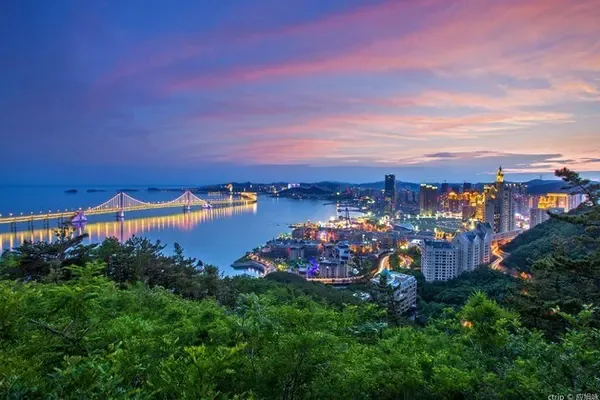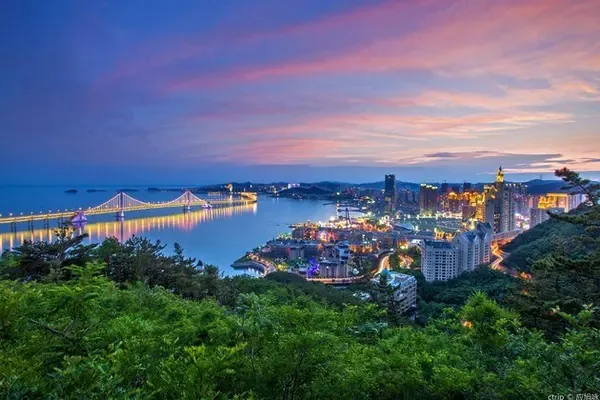On October 16, 2020, we arrived in Korla from Urumqi. Korla City (a quasi-prefecture-level city) is the capital of Bayingoleng Mongolia Autonomous Prefecture in Xinjiang. It is located in the heartland of Eurasia and Xinjiang. The second largest desert - the Taklamakan Desert is only 70 kilometers away in a straight line. The picture shows the landmark sculpture of Korla City.
Korla is the throat of the ancient Silk Road and one of the birthplaces of Western Region culture. It is an important transportation hub and material distribution center in the northern and southern Xinjiang, as well as an important political, economic and cultural center in the region. The picture shows the Licheng Garden Hotel where we stayed in Korla.
Korla was called the Quli Kingdom in ancient times. According to archaeological research, human activities have already occurred in the Kongque River basin that flows through here as far back as the Neolithic Age. Quli is a good place. This is the oasis of the Kongque River. The Han Dynasty used to farm here. The picture shows the lobby of Licheng Garden Hotel.
During the epidemic, security checks are required to enter Licheng Garden Hotel.
"Korla" means "overlook" in Uighur, and is also known as "Pear City" because of its rich "Korla Fragrant Pears", which are well-known both at home and abroad. The picture shows the giant jade in the lobby of Licheng Garden Hotel.
Licheng Garden Hotel is a five-star hotel with spacious rooms.
The bathroom of Licheng Garden Hotel is quite large and the facilities are relatively new.
The hotel that the tour guide arranged for us is by the Kongque River. I have the impression that the Kongque River is as famous as the Tarim River in the history of Xinjiang. After putting down the luggage, I ran to the river. I did not expect the scenery to be beautiful, no less than the inland cities, not imagination The isolated city in the desert not only has water, but also a large swamp outside the city, because Bosten is not far from the city.
The most surprising thing is that there are many swans swimming in the Kongque River, there are nearly a hundred of them, and it is rare to see so many wild swans in China.
The Kongque River originates from Bosten Lake, flows into the lower reaches of the Tarim River, and finally disappears in Lop Nur. The photo was taken at Kongque River.
Surrounding the Kongque River is a magical land where stillness and movement, blood and fire, love and hatred, nature and humanity, splendor and loneliness, softness and stamina, whites and Hans, Buddhism and Islam have collided for thousands of years. , constantly blending and infiltrating each other. How many stories of joys and sorrows, love and hatred have happened here. These stories, like the Tarim River, dry up in Lop Nur as the stars change. The photo was taken at Kongque River.
Look at the road signs, this is called the Swan River Scenic Area.
In the gazebo of the scenic spot, old people are playing poker.
The old birthday sculpture in the scenic area
The leaves in the scenic area are yellow, but the lawn is still green.
In the scenic area, there are blooming flowers.
Fengfan Square in Swan River Scenic Area
There are still many tourists in the scenic area
There are many people dancing ballroom dancing in the scenic spot
Someone in the scenic area is playing a brass instrument
There are many old people exercising in the scenic area
The Swan River scenic spot in late autumn is very beautiful
People in Korla still sell milk in the traditional way.
Among the fruits of Korla, fragrant pears are the most famous.
That night, we ate at this restaurant in Korla.
Lamb Skewers Freshly Cut and Grilled
mutton kebabs are genuine
For dinner that day, I ordered a table of dishes, but I didn't eat them.


